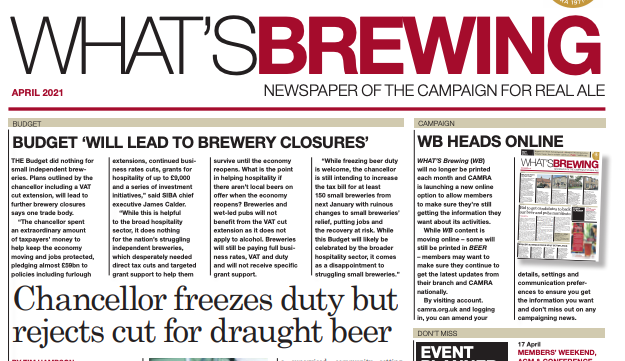Walking the hop walk
Audio Description
Login here to listen to the audio description

It’s no secret, I’m excited about British hops. Being invited to one of the Charles Faram hop walks to get up close and personal with the farms at harvest time was a bit like getting a personal summon to heaven. I marked my calendar enthusiastically, waiting impatiently for the big day to arrive. But the experience made an impression on me in a way I could not have expected beforehand.
The big-ticket attraction was visiting parts of the Charles Faram hop development program. Thousands of new, selectively bred varieties are being grown and tested for sensory excellence, viability and sustainability. A mere handful make the grade. When they get their wings and are released for commercial sale, they cease being known by their trial number and get a proper name. Godiva, Harlequin, Jester. It is a process I have written about extensively, but not witnessed first-hand.
While seeing the baby varieties growing in the fields was genuinely fascinating, it was actually the harvesting process that stayed with me. At Hawkins Farming near Ledbury, after walking through the tall ranks of hops in the fields we were taken to a cavernous metal shed. A great din erupted from the massive doorway, getting louder as we approached, until it was so loud that we had to don the earplugs that the Faram’s team had thoughtfully provided us at the start of our day.
The source of the whirring and rumbling was the singular occupant of the massive warehouse – an intimidatingly colossal piece of sunshine-yellow machinery. With a great heap of harvested bines resting at its maw, it reminded me of a dragon, but the beast itself was gold and its heap of treasure was verdant green.
A skilled team of hop pickers ceaselessly kept the gleaming machine fed, attaching bines to a pulley system that jutted forward proudly like a great pair of horns. As the bines were yanked into the air and fed through the system, a series of metal claws pulled the hops away from the vines, discarding the waste and feeding the freshly plucked hops into a great trailer where they could be taken away for drying in the kiln.
This newly purchased behemoth, about the height of a double decker bus and nearly the length of two, cannot have come cheap. I heard whispers that the wonderfully named hopfenpflückmaschine has a price tag of some £750,000. It wouldn’t surprise me if that were about right.
What an investment for a piece of kit that will only be in use for four weeks of the year. At another farm was a stately Bruff hop-picking machine that had likely seen decades of use. It was a similar size, bigger perhaps, but was clearly much more inefficient. A bigger team was required to keep it running, with bunches of hops and waste material that had been missed by the unseeing mechanical conveyors being manually removed by experienced hands.
This farm was not in a position to take the financial leap to upgrade its equipment. The capital expense would be too significant a jump despite the attendant reduction in their labour bill. And this made me think with some dismay about how precarious our British hop industry is.
The brewers who joined me on the walk were visibly inspired by their visit. I have no doubt they will seek to use more British hops in their brewing going forward. This is where Charles Faram excels, in supporting the farms it works with. But despite this, the number of hectares dedicated to UK hops continues to shrink.
This is understandable. Hops are a niche crop, grown in a unique way and requiring a good deal of specialist equipment to cultivate, harvest and dry. This was the realisation, obvious in hindsight, that the hop walk left me with. Even the strings used to grow the hops up are a specialist expense. The coir twine is made from coconut fibre and must be imported.
A new, sustainable hop variety takes around 10 years to perfect, and, at the moment, climate change is outrunning that work. For the farmers, the lure of an easier crop must be immense. Indeed, all of the properties we visit were mixed farms, harnessing multiple revenue streams to keep themselves afloat.
The problem is generating the consumer demand for these hops, to lay the foundations for a strong industry. Charles Faram knows about the hop farms and the brewers know about Charles Faram. But your average pub-goer barely give hops a second thought. Somehow, we need to drive beer drinkers to demand English hops. Imagine if the biggest pubcos felt pressured to convert just a tiny proportion of their beers to those made with British hops. Imagine if every freehouse dedicated a permanent line to UK-hopped beer. I believe we can drive that change and give hop farmers the confidence to invest even more in the future of great British beer.

 view archive
view archive
 view events
view events